Scientists become a source of hope and information on TikTok, Instagram
Published in Lifestyles
Peter Neff understands the allure of the world’s fifth-largest continent.
The camera roll on his phone is brimming with videos and photos of his trips to Antarctica, where the glaciologist and climate scientist has spent days and weeks at a time collecting ice core samples. His work helps develop a record of past climate conditions and anticipate what’s to come.
When the pandemic lockdowns started to keep everyone at home, Neff, a professor at the University of Minnesota, upped his social media presence by posting explanations of his work online under the username“Icy Pete.” He reposted a video to TikTok that had done well on X, which captures the sound a chunk of ice makes when it falls 90 meters down a borehole (“Pew!” Just like the sound of a gunshot in a cartoon). It was an immediate success, garnering more than 30,000 views.
In 2024 (and 2022), Neff was featured as a Climate Creator to Watch, a collaboration between startup media Pique Action and the Harvard T.H. Chan School of Public Health, and his posts had gained more than 4 million likes.
“As a scientist, my job is to tell folks what the situation is and what we could choose to do to not make it worse, or to make it better,” Neff said in an interview. “I hope I can provide information that is accurately used to describe the challenges that we face, because it is quite serious.”
As the internet accommodates a growing range of voices, scientists studying climate and the environment have taken to sharing their work online, translating obscure topics and discoveries into accessible bits of information. Instead of waiting years for their studies and work to be published in academic journals, scientists like Neff have used social media to extend their reach — and their brand.
Joe Hanson, the biologist who hosts PBS’ “Be Smart” series, is a well-known voice on climate issues on YouTube. One 44-second video explaining the Keeling curve (a daily record of global atmospheric carbon dioxide concentration) has 2.4 million views. His 28-minute video tackling climate change myths has been viewed more than 900,000 times. Climate scientist Katharine Hayhoe has an authoritative presence on Instagram and partners with influencers to spread the gospel of climate science. Peter Kalmus took the internet by storm in 2022 when he and other scientists chained himself to the door of the J.P. Morgan Chase office building in downtown Los Angeles to protest the company’s fossil fuel investments and were subsequently arrested. On X, his “ClimateHuman” account has more than 330,000 followers.
The potential to attract likes is enormous. According to the Pew Research Center, one survey found about half of U.S. adults said they reported seeing news at least “sometimes” while using social media platforms.
Neff has studied glaciology for 15 years and has traveled several times to the Antarctic region to study ice cores — cylinders of drilled ice that serve as records of past climate change and are extracted from ice sheets and glaciers. Among his many titles, he is the director of field research and data for the Center for Oldest Ice Exploration.
On TikTok, Neff explains the process of “how to go from old air in ice to an air sample” in 60 seconds. While an academic journal entry might take on more scientific terms and explanations, Neff breaks down the process of his work with ice cores in layman’s terms, rushing through the narration — “drill your ice core borehole,” “load ice in the vacuum chamber,” “melt that ice” — in a matter-of-fact voice for a video that has more than 617,000 views as of this writing.
Neff’s TikTok account had 224,000 followers, and a graduate student and fellow Antarctica scientist, Austin Carter, who also posts about their work through the Center for Oldest Ice Exploration, has eclipsed him with nearly 254,000 followers.
According to a study published in January by the Center for Countering Digital Hate, a British nonprofit that monitors online hate speech, climate denialism has shifted from denying global warming is happening to claiming climate solutions won’t work and that the climate movement is unreliable across all platforms. (The study, which reviewed about 12,000 videos using artificial intelligence, also found that YouTube makes up to$13.4 million“from channels posting denial.”)
Neff has some unkind words for climate deniers. At one point, he deleted a video that showed sun halos in Antarctica because it had gone viral among “flat Earthers” who were trying to use the video as proof that the world is not, in fact, round.
“These people are brick walls … and you’re not going to change anybody’s mind,” he said. “You don’t know what people are going to do with your content once you post it.”
The climatologist stresses the role scientists can play in spreading fact-based information.
“I’m trying to just educate people … especially with all of our work being publicly funded,” Neff said. “We’re obligated to share about it.”
Ayana Elizabeth Johnson, a marine biologist, took a different path to social media stardom. As the former executive director of the La Jolla-based Waitt Institute, which implements sustainable ocean plans and policy, she led communication efforts to make sure Barbudan fishing communities had input in proposing policy. She began running Facebook pages for the effort, and found she had a knack for communicating her work to the public. Next, she began blogging for National Geographic and writing freelance stories.
“To me, all of climate, environmental communication is about how can we repeat each other’s successes and avoid others’ failures,” said Johnson, who has studied marine biology for about 12 years. “So that requires getting in the weeds a little and hopefully, in a way that’s appealing and welcoming as opposed to like, boring and insufferable.”
Johnson has acquired her expertise through many endeavors. She’s the Roux Distinguished Scholar at Bowdoin College, a co-founder of the think tank Urban Ocean Lab and the All We Can Save Project, both of which promote sustainable marine and climate solutions. This month, Johnson will release her book “What if We Get it Right?” which features conversations with farmers, climate activists and financiers — among others — in an effort to map out possible climate futures. In addition, she appears in several publications and platforms in an effort to convince the general public that there is still hope in avoiding climate catastrophe.
On TikTok, where she does not have an account, a snippet from one of her Ted Talks with five facts about parrotfish has more than 400,000 views. Johnson is often featured on podcasts as a guest to talk about ocean conservation, and followers share her climate action Venn diagram to inspire action and defeat hopelessness.
She gained a big chunk of her followers in 2020, after the Washington Post published her op-ed that tackled climate policy and racism. The content she posts under her name is personal and conversational (she has more than 120,000 followers on Instagram) but the organizations that she runs stick to policy-driven posts.
Conversations among members of the public, scientists and policymakers are all part of working toward a climate solution, Johnson said. “That is really at the heart of the way I attempt to share information, is not by me being out there just like screaming into the void as one person but by trying to make this a collective conversation.”
For now, Johnson said she will continue her “begrudging” relationship with social media and continue to be a voice that people can rely on when it comes to climate policy ahead of the November presidential election, and even local races, which have a direct impact on voters.
“There’s an intense amnesia in the United States about the Trump administration, and how awful that was for the environment,” she said, citing the hundreds of environmental regulations on clean air and water that he rolled back. “I just really want to do my little part in helping people understand how to be a climate voter. The people who follow me care about this issue, but it’s really hard to get good information from a person that you trust.”
©2024 Los Angeles Times. Visit at latimes.com. Distributed by Tribune Content Agency, LLC.
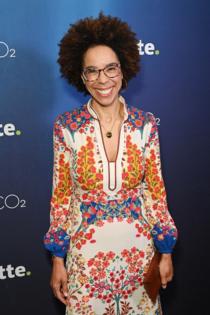
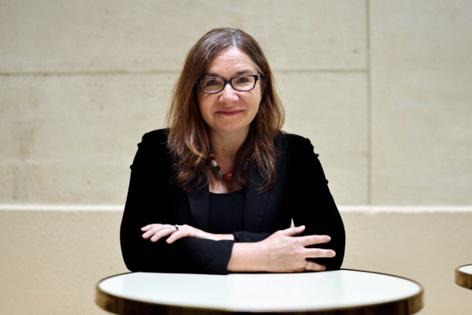


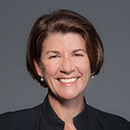

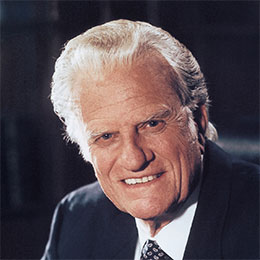
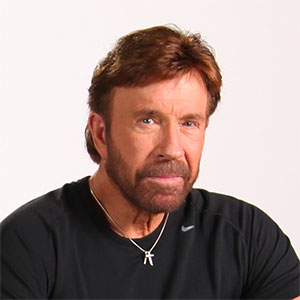
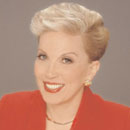
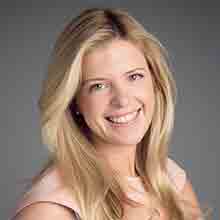

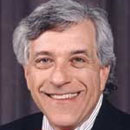



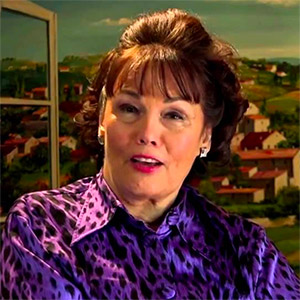



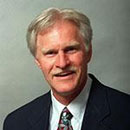







Comments